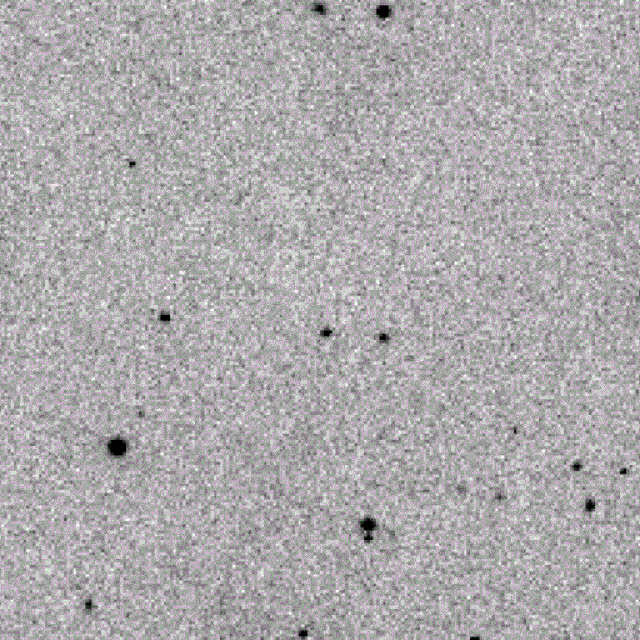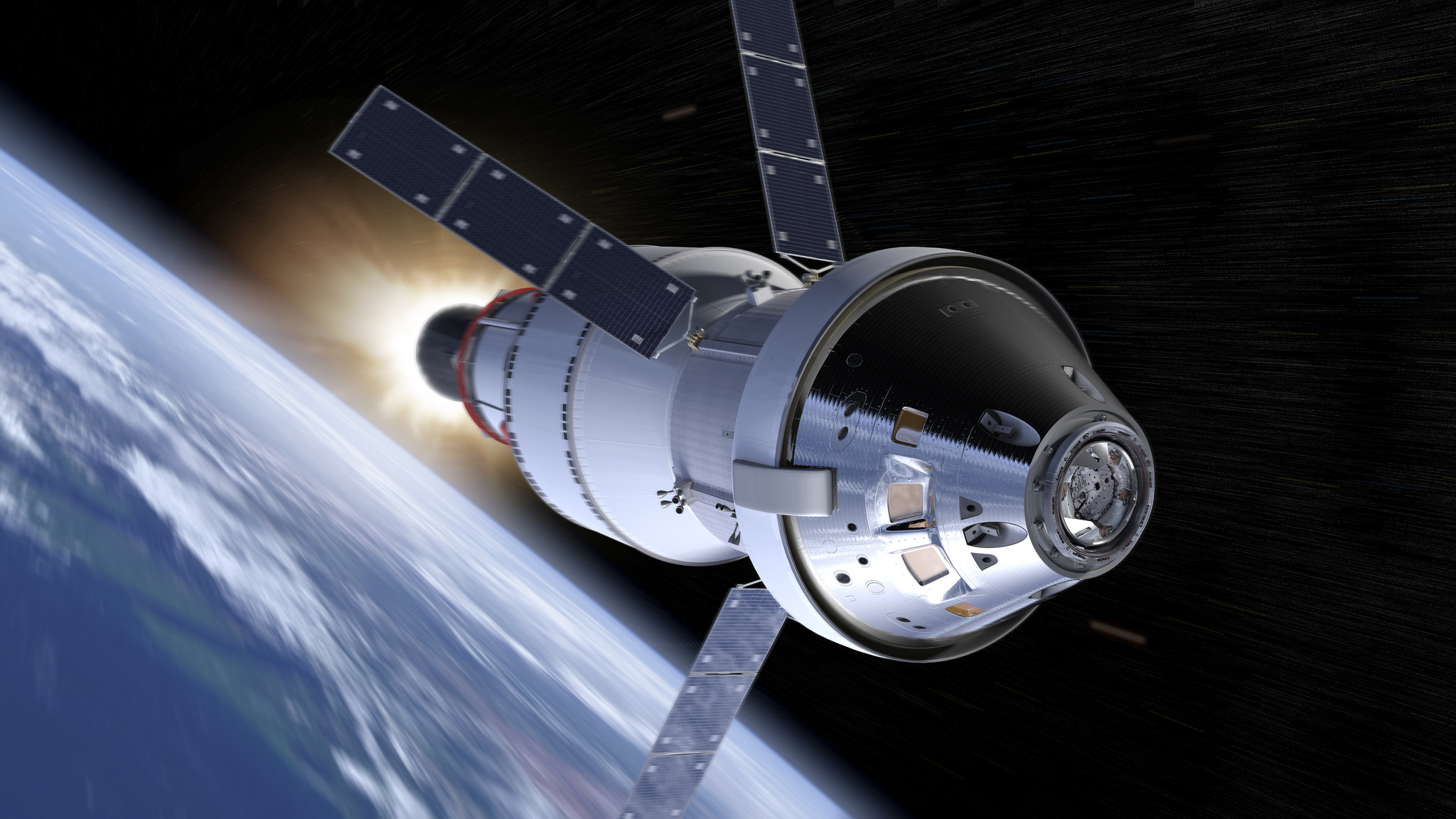A piece of vintage NASA space junk from a 1966 moon mission just whizzed by Earth
It's no asteroid and the rediscovery shows how easy it is to lose stuff in space.
A misunderstood piece of space junk whizzed by Earth Tuesday (Dec. 1), but don't worry, it's just part of an old moon mission's rocket.
The object, nicknamed 2020 SO, was once thought to be an asteroid. But after its (re)discovery by the PAN-STARRS survey telescope, astronomers realized the mystery object's orbit didn't make sense for a rocky or icy world.
"We followed it quite a bit for the very first few days, once there was a possibility for it to be natural," Marco Michelli, an astronomer at the European Space Agency's Near-Earth Object Coordination Centre, said in a statement.
But after a couple of weeks measuring its position, Michelli and his team realized the object had to be artificial. It was showing a lot of changes in its orbit due to the ongoing pressure of the solar wind, which sends particles streaming across the solar system. "It was too light to have formed naturally."
Astronomers eventually concluded the orbit matched the upper stage of the rocket for NASA's failed Surveyor 2 lander that was supposed to land on the moon in 1966. However, the mission failed after the rocket overshot the moon, and the rocket drifted into orbit around the sun.
So why did the rocket show up now? The theory is the rocket was temporarily caught in Earth's gravity and will soon fly away from our planet again.
Breaking space news, the latest updates on rocket launches, skywatching events and more!
In the ongoing search for near-Earth asteroids, the rocket shows a bit of a blind spot in the zones where telescope surveys typically search, another ESA official added.
"In some ways it has been and is hiding in the boundary between near-Earth object and space debris searches, a search region where there are very few objects distributed over a large volume of space" Tim Flohrer, head of ESA's space debris office, said in the same statement.
"The life of this rocket part so far has similarities to an object called WT1190F, a small temporary satellite of Earth thought to be debris from the 1998 Lunar Prospector mission, that impacted in 2015. It is still to be assessed if this newly rediscovered object could return and re-enter Earth’s atmosphere one day."
Follow Elizabeth Howell on Twitter @howellspace. Follow us on Twitter @Spacedotcom and on Facebook.

Elizabeth Howell (she/her), Ph.D., was a staff writer in the spaceflight channel between 2022 and 2024 specializing in Canadian space news. She was contributing writer for Space.com for 10 years from 2012 to 2024. Elizabeth's reporting includes multiple exclusives with the White House, leading world coverage about a lost-and-found space tomato on the International Space Station, witnessing five human spaceflight launches on two continents, flying parabolic, working inside a spacesuit, and participating in a simulated Mars mission. Her latest book, "Why Am I Taller?" (ECW Press, 2022) is co-written with astronaut Dave Williams.

